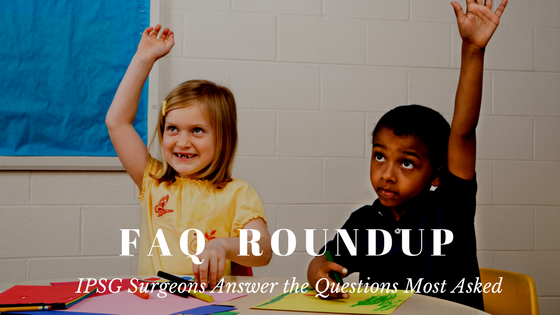What causes Perthes disease?
The cause is unknown and the disease is not inherited in most patients. A very small number of patients have another family member with Perthes.
Should I expect a lot of complaints of pain?
Pain generally suggests that there is hip joint inflammation, which can be caused by too much activity. The amount of pain experienced by a child with Perthes disease varies from patient to patient. Some patients complain of activity-related pain or night pain only. Your child may complain of groin, thigh or knee pain. They may have restricted movement and a mild limp. You and your child’s doctor will discuss how to manage pain.
What is the time frame of Perthes?
Perthes disease has four stages. In general, it may take three to five years for a patient to go from the initial stage to the healed stage of the disease. The length of each stage can vary.
What activities can my child do?
Your child’s doctor will help you determine the activities that are safe. The answer will depend on the stage of the disease, symptoms and hip joint stiffness.
What are long-term effects of Perthes disease?
Most children have occasional periods of increased pain and stiffness for six months to two years. Most children will return to typical activities and sports once healed. However, some children may be at risk for developing arthritis as adults. Children’s hips that grow back irregularly will have more symptoms, such as pain and hip stiffness, and a greater risk of arthritis later in life.
Will my child be able to participate in physical activities?
Even with a deformed femoral head, most patients can perform daily activities and sports’ activities once the hip has healed.
Is hip replacement an option?
Hip replacement is not a surgery for children. Only when a patient develops painful degenerative arthritis later in adulthood is the surgery recommended.

